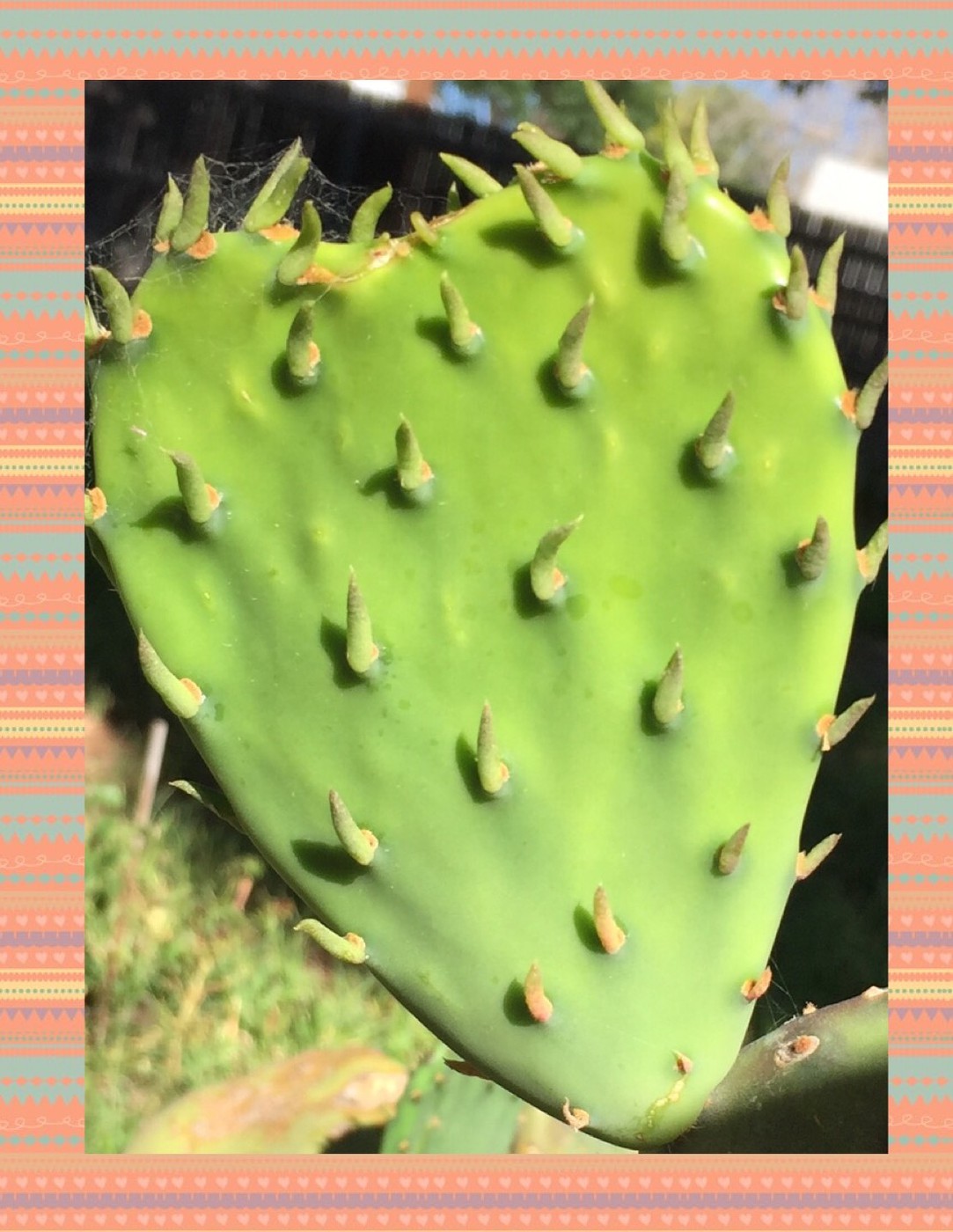Posted on 06/17/2016 5:59:47 PM PDT by AZamericonnie
As the years go by, the character of Father’s Day has constantly changed for me. It used to be fun to see what sort of gifts my children thought I would like. Paintings, handmade gifts, socks and ties.
Nowadays, my grandkids are giving me similar gifts and, if anything, I enjoy them even more as “PaPa” becomes my new moniker. I have to say that I am blessed to have three healthy children, their spouses and four wonderful grandkids in my life — that is a gift I am so grateful for.
I will do my best to remember that we are not promised another day and to be thankful.
Much blessings indeed, Sandy.

 |
 |
 |
| "I am an American fighting man. I serve in the forces guarding our country and our way of life. I am prepared to give my life in their defense." |
Bang
Bang
Bang
Bang
Bang
BOOM
“I, Robert M. Suchman, do solemnly swear that I will support and defend the Constitution of the United States against all enemies, foreign and DOMESTIC; that I will bear true faith and allegiance to the same; So help me God.”
My oath never expires.
For all my military retired and veteran friends, I challenge you to copy and paste this as your status. Replace my name with yours and then remember what that oath means, every word.
|
 |
Here is a list of the songs in the Jukebox:
Artist/s - Song Names:
Bobby Sanabria - Mambo Adonis
Bobby Sanabria - Mambo Beat
Bobby Sanabria - Mambo Buddha
Cinrton Featuring The Soul Survivors - Hey There Lonely Girl
Cinrton Featuring The Soul Survivors - In My Heart
Cinrton Featuring The Soul Survivors - Island Breeze
Cubismo - Cumbanchero Featuring Kocani Orkestar
Cubismo - Delem Delem Featuring Josipa Lisaci Saban Bajramovi
Cubismo - El Cuarto De Tula
Dorance Lorza Y Sexteto Cafe - El Titere
Dorance Lorza Y Sexteto Cafe - Guaguanco En Mi Barrio
Dorance Lorza Y Sexteto Cafe - La Chica De La Minifalda
La Tropa - Que Dificil
La Tropa - Tal Vez Vuelvas A Llamarme
La Tropa - Tu Recuerdo ( Bonus Track )
Orquesta Ceiba - Ceiba Llego
Orquesta Sabadonga - En Casa De Maria
Orquesta Terranova - Lloraras
Pachapo Y Su Comparsa - Los Estaderos ( Canta Ray Albino )
Pachapo Y Su Comparsa - No Eres Para Mi ( Canta Ray Albino )
Pachapo Y Su Comparsa Canta Ray Albino - Virgen De Chinquinquira
Palo Yuba Orquesta - Mais Que Nada
Paul Lopez - Salsa Canon
Paulo FG - Con Cualquiera
Paulo FG - Descarga
Paulo FG - E Ao
Pibo Marquez Y Su Descarga Criolla - La Carcel
Ray Rodriguez Y Swing Sabroso - Ay Que Frio
Ray Rodriguez Y Swing Sabroso - Barretto Medley
Ray Rodriguez Y Swing Sabroso - La Rumba Que Te Cura
This July we have our annual festival of three concerts per week for four weeks with some of the best musicians in the game. The concerts are broadcast live over KING-FM in Seattle, which has a national following thanks to the miracle of the Internet. If you’re listening for me, I’ll be sitting in the last row in the back because that’s where the acoustics are best.
This July 13 performance features Yura Lee and Karen Gomyo on violins, and Cynthia Phelps on viola.
Zoltan Kodaly (“ko-DIE-ee”) (1882-1967) was both composer and musical archeologist. In the early 20th Century, he and Bela Bartok would journey into the Hungarian countryside collecting folk music on an Edison wax cylinder recorder. He would place the recorder on the table around the food and ask the elderly folks to “sing into the chicken paprikash.” He also invented the means of teaching music to deaf children that was featured in Steven Spielberg’s “Close Encounters of the Third Kind.”
The first movement is marked “allegramente.” It starts in a loose kind of C Major but ends in F Major. The taste of Hungarian folk music is unmistakable. Yura Lee, the violist in this video, will be playing violin at our concert.
The second movement is marked “lento ma non troppo.” It starts with strange birdcalls on the violins and a long song on viola. There is a lot of tremelo playing. Later the violin gets some juicy material. The movement has the sense of strange doings in the dark in the woods.
The third movement is marked “vivo.” It’s a collection of different kinds of Hungarian dances and ends in a flash.
Kudos to Diana Cohen, whose violin playing in this video is fantastic.


Thanks to our Artistic Director, James Ehnes, we’re programming a lot more of the quartet repertory. This July 18 performance features Jun Iwasaki and Stephen Rose on violins, Yura Lee on viola and Efe Baltacigil on cello.
This is Felix’ final quartet, written in memory of his older sister Fanny who had died of a cerebral hemorrhage six months earlier. A few months later, Felix would die of the same thing at age 38.
The first movement is marked “allegro vivace assai,” and it’s a good example of how Mendelssohn could deploy sheer power in a minor key even when using a somewhat lighter touch. It’s in sonata format, so you know what to listen for as far as subjects and key relationships are concerned.
The second movement, marked “allegro assai,” is a hot scherzo that cools off a bit in the central panel. The coda is based on the central panel, which permits a calm ending.
The third movement in A-flat, marked “adagio,” is a tribute to Fanny. This is the heart of the quartet, a love song.
The finale is marked “allegro molto,” and the atmosphere of the opening movement returns. It’s also in sonata format and ends passionately.




This July 18 performance features Karen Gomyo on violin and Alessio Bax on piano.
Leave it to James Ehnes to join two pieces in the same key and same opus number from two different composers who lived a century apart. Serge Prokofiev is best known for “Peter and the Wolf,” but he was a full service composer who wrote in almost every genre. He left the Soviet Union, lived in a number of countries to include America, but returned home under Stalin. He was completely without social skills, which made life dangerous in such a treacherous place. Like Shostakovich, he found himself criticized for not writing “socialist music,” but during the war years that criticism evaporated due to the fact that Stalin had to recreate the Motherland to get the people to fight for him. Prokofiev died the same day as Stalin.
This sonata was written in 1946, and it’s not for wussies. The first movement is marked “andante assai;” Serge liked to start his multi-movement pieces with a slow movement. It’s very dark.
The second movement is marked “allegro brusco,” and the “brusco” gives a sense of Serge’s personality. This is a sardonic movement, full of dissonance
The third movement, marked “andante,” is more songlike.
The fourth movement is marked “allegrissimo,” which means that he wants it really, really fast. For once, the clouds lift and the sun comes out. At the end, he slows it down to bring back the material from the first movement.
Disclaimer: Opinions posted on Free Republic are those of the individual posters and do not necessarily represent the opinion of Free Republic or its management. All materials posted herein are protected by copyright law and the exemption for fair use of copyrighted works.